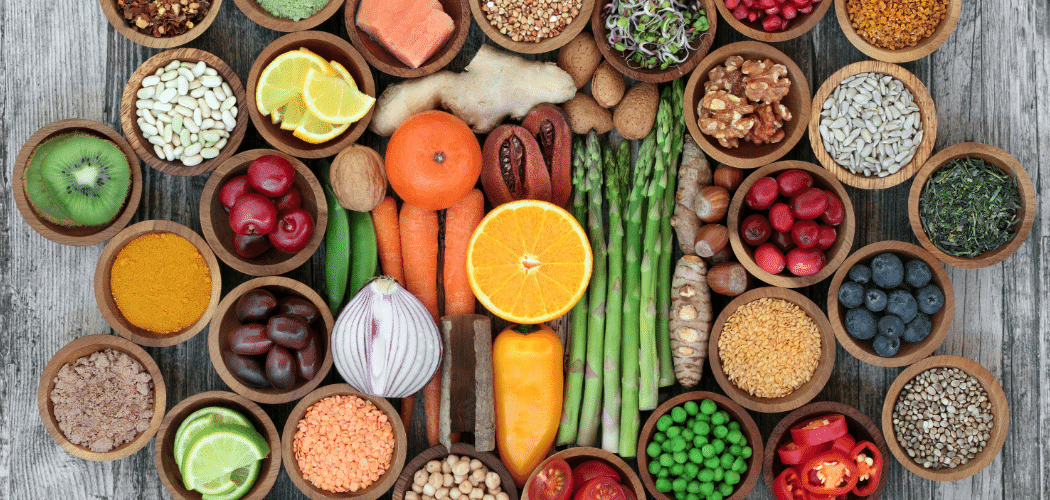In seemingly less time than it takes for a frozen chicken to thaw, the in-store grocery experience is changing. And online chicken sales is part of the reason why.
Nearly half or more of all shoppers now buy perishables such as meat, produce and dairy items online, according to a global survey of shoppers and retailers by IDC (International Data Company) for Precima, a retail analytics firm. Within a year, one-third of shoppers said they will spend more than 40% of their grocery budgets online.
This transition, and its effect on shopper patterns, is forcing all supermarkets to upgrade the services they deliver online, for shoppers expect it to be better. And it’s requiring merchants to reconfigure their stores. For many, this is playing out as a bigger online presence and smaller physical footprints.
Factor in that the average American household spends more than $7,700 a year on food (about $640 a month), and there is a lot on the table for supermarkets.
So traditional food sellers are investing substantial sums in online ordering, while finding new ways to capitalize on the investments they’ve already made in their real estate. The result is a mesh of more immediate and personalized online fulfillment and stores that aim to be eclectic and easier to shop.
Here are two key takeaways from the survey, and how major retail brands are responding.
Takeaway One: White Glove Online Service
Shoppers expect personal treatment from wherever they make purchases, including online. Of the 4,000 consumers surveyed in December 2018, 68% said customer service is important when digitally shopping for groceries. Among the service features they like:
- 59% of shoppers want digital apps that provide in-store product locators.
- 60% say mobile loyalty apps help their shopping trips.
- 66% would like to have personalized communications loaded directly to their rewards cards. Yet just 46% of food retailers do so.
The value of personalized communications heightens as shoppers expand their online baskets into perishable foods that will likely get more scrutiny, and therefore require more options. Retailers should prepare for the following:
- 48% of consumers said they do or plan to purchase meat within 12 months of the survey.
- Roughly 55% buy or will buy deli items, dairy, bakery and frozen foods.
- 53% buy or will buy fruits and vegetables.
What’s making online perishables palatable? Amazon, through its acquisition of Whole Foods, might have played a role by lowering food prices and removing some barriers to online ordering. Amazon Prime members have access to free two-hour delivery (on orders over $35) or can pick up their food from Amazon Lockers installed at Whole Foods stores. These lockers are getting credit for contributing to a 10% increase in micro-visits (trips of less than five minutes) to Whole Foods in the first fiscal quarter.
Other chains also are investing heavily in technology. Kroger is testing driverless grocery delivery in Houston, it offers designated online order pickups at most stores and has a “Scan, Bag, Go” self-checkout app. Kroger likewise has paid attention to online service, inviting shoppers to provide special instructions on certain items (requesting green bananas, for example).
Takeaway Two: Save The Store!
Yet even as shoppers buy more groceries online, they still expect the physical stores to be at the ready to meet their needs.
Those needs center on convenience, good experience and ease. For retailers, this translates to smaller spaces and — in cases of large existing stores — areas dedicated to services and categories more likely to attract shoppers. The key is the offerings distinguish the store from nearby competitors.
Supporting facts:
- 58% of shoppers said if grocers reduced space, it should be in non-food items; 28% think stores should cut back center-aisle packaged products. Just 19% suggest reducing space for fresh foods such as produce, meats and dairies.
- Consumers are getting less picky about where they buy. Shoppers spend about 72%of their grocery budget with their primary store. That means 28 cents of every $1 is spent elsewhere.
Those “elsewhere” destinations include dollar stores, convenience stores and up-and-coming community shops that meet cultural and social niche preferences. In Vancouver, for example, the store Nada sells everything package-free. A shopper can grab one banana, two eggs and an ounce of honey.
Non-traditional food sellers will generate $200 billion to $700 billion in grocery sales by 2026, according to projections in a recent report by McKinsey. Convenience stores alone now sell $240 million in fruits and vegetables, the National Association of Convenience Stores reported.
Scratching A Niche
Chains from Target to Hy-Vee are responding by planning smaller stores and replacing grocery square footage with in-demand services. The trick is making these features complement and co-exist with their online offerings.
Target’s small-format stores, shoe-horned into urban areas and college communities, carry flexible selections of what’s most in demand in the market. In California, the chain Raley’s operates a store dedicated squarely to healthy eating, called Market 5-One-5. And the Midwestern chain Hy-Vee is adding medical facilities and spa-inspired bath boutiques, according to a report in The New York Times.
These services, offered hand-in-hand with app-enabled digital services, could provide the holistic answer to the spontaneous shopper’s fleeting considerations to grocery shopping, online and instore.
Which services should come first, digital or physical? As long as the shopper continues to buy both eggs and frozen chickens online or from the store, it doesn’t matter.

Bryan Pearson a Featured Contributor to The Wise Marketer and is the President of LoyaltyOne, where he has been leveraging the knowledge of 120 million customer relationships over 20 years to create relevant communications and enhanced shopper experiences.
This article originally appeared in Forbes. Be sure to follow Bryan on Facebook and Twitter for more on retail, loyalty and the customer experience.




